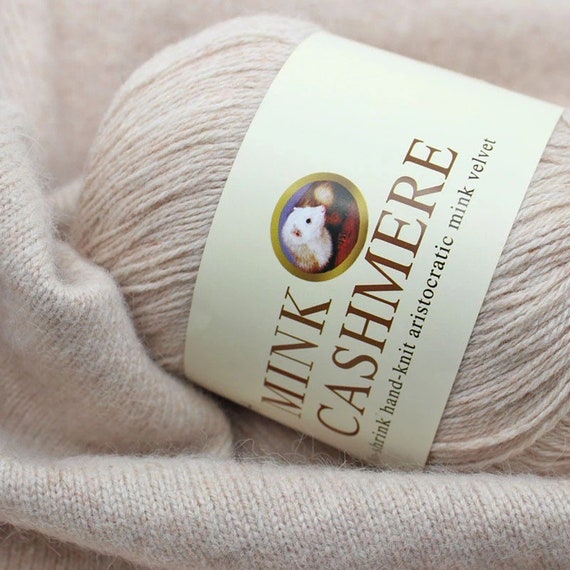Unveiling the Mysteries of cashmere and Its Timeless Appeal in Design
Unveiling the Mysteries of cashmere and Its Timeless Appeal in Design
Blog Article
Understanding the Various Types of Cashmere an All-natural Fiber and Their Special Benefits
The Origins of Cashmere: A Historical Introduction
While the elegant touch of cashmere continues to charm modern customers, its beginnings map back to the harsh, cool environments of Mongolia and the Mountain ranges. For centuries, the indigenous individuals of these areas have actually been elevating Capra Hircus goats, the prime resource of cashmere woollen. These goats, resistant versus the serious winters months, expanded a great undercoat to endure, which later on ended up being understood as cashmere.

The Manufacturing Process: From Goat to Garment
Shearing a Capra Hircus goat marks the inception of the complex cashmere manufacturing process. The resultant raw cashmere is then washed to remove pollutants such as grease, dirt, and vegetable matter.
The clean fiber goes through dyeing, spinning, and weaving, or knitting, to transform it into a material. Complicated treatments such as top quality control checks and completing procedures comply with, making certain completion item keeps the luxurious standard anticipated of cashmere. This meticulous procedure, from goat to garment, validates the high expense connected to cashmere products, making them a symbol of deluxe and improvement.
The Different Sorts Of Cashmere: A Comprehensive Evaluation

The One-of-a-kind Benefits of Cashmere: Comfort and Sustainability
Moving from the range of cashmere types to the advantages they supply, comfort and sustainability stand out prominently. Cashmere, a natural fiber, is renowned for its unequaled soft qualities, giving a level of comfort that synthetic fibers can't match. The material's lightness, yet excellent heat retention, makes it suitable for all periods. In addition, cashmere's all-natural flexibility permits it to go back to its initial shape, making it resistant to shrinking or stretching.
When it concerns sustainability, cashmere is renewable and eco-friendly, as it's collected from cashmere goats that regrow their coats annually. what is cashmere. Unlike artificial fibers which can take centuries to break down, cashmere's impact on the environment is marginal. This combination of comfort and sustainability makes cashmere an advantageous choice for aware customers

Caring for Your Cashmere: Upkeep and Preservation Tips
While cashmere is certainly a glamorous and lasting selection, it requires specific care to maintain its quality and extend its lifespan. more information To begin, here cashmere should be hand cleaned using chilly water and a moderate cleaning agent. Cashmere products must be kept in a trendy and completely dry area, away from straight sunshine and wetness.
Purchasing Cashmere: Comprehending Its Worth and Well Worth
Although cashmere might initially appear like an expensive financial investment, its long-term value and worth become obvious when you consider its remarkable top qualities. Known for its unequaled softness and heat, cashmere is a premium all-natural fiber that exceeds various other materials. Spending in cashmere, therefore, is not just regarding existing fashion patterns, yet about embracing a sustainable, resilient, and luxurious lifestyle.
Final Thought
In summary, the type of cashmere one chooses, be it Mongolian, Chinese, or Italian, is determined by specific choices for warmth, spending plan, sustainability, and high-end. Understanding the beginnings, manufacturing process, and unique benefits of different types of cashmere can direct consumers in their investment in this elegant all-natural fiber.
Whether it's the exceptional heat of Mongolian cashmere, the cost of Chinese cashmere, or the eco-conscious production of Italian cashmere, there's a tale to be found behind each fiber kind. Cashmere, an all-natural fiber, is renowned for its exceptional softness, giving a degree of comfort that artificial fibers can't match.When this website it comes to sustainability, cashmere is renewable and eco-friendly, as it's gathered from cashmere goats that regrow their coats annually. Recognized for its exceptional softness and warmth, cashmere is a costs natural fiber that outmatches other products. Understanding the beginnings, production procedure, and unique advantages of different kinds of cashmere can guide consumers in their financial investment in this glamorous all-natural fiber.
Report this page